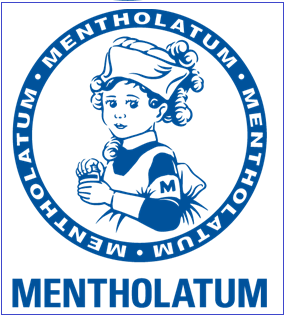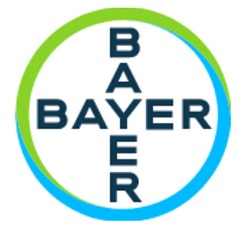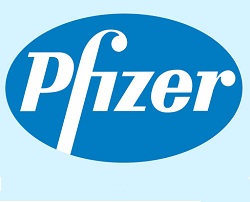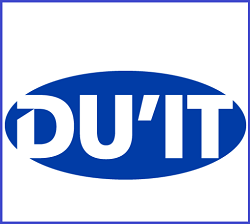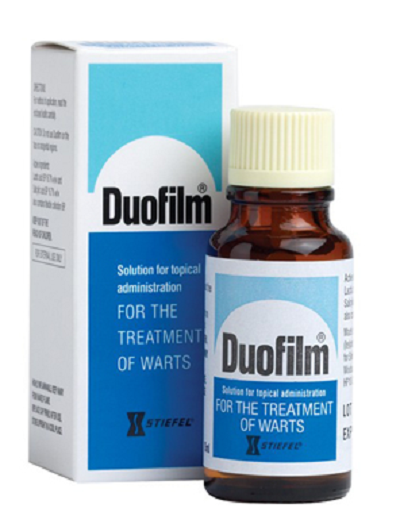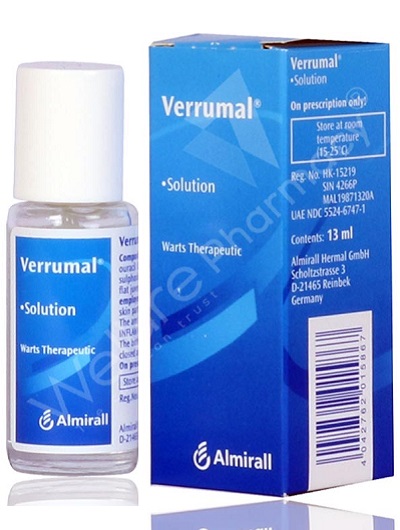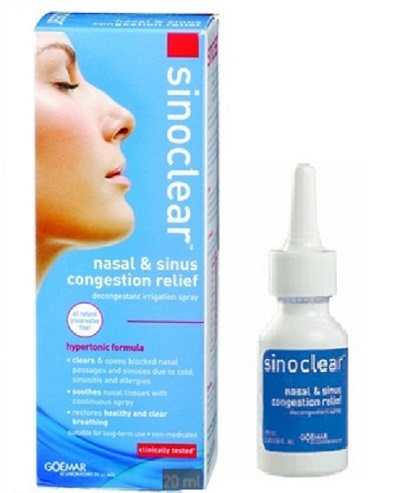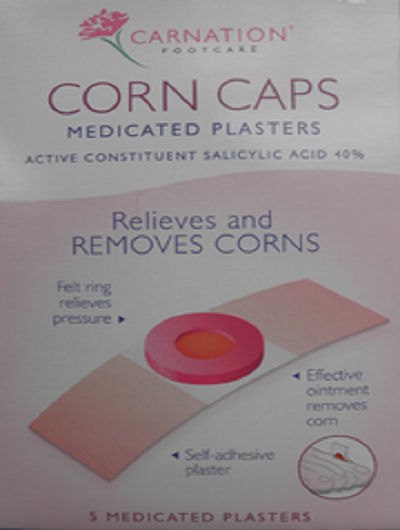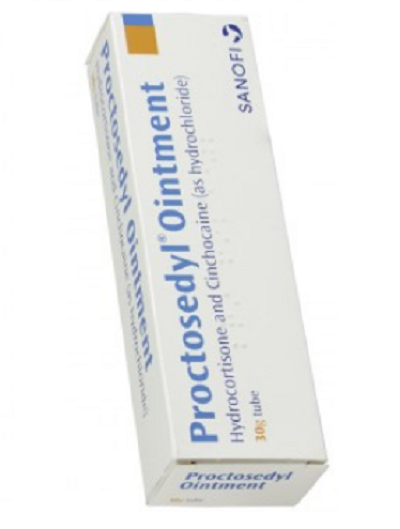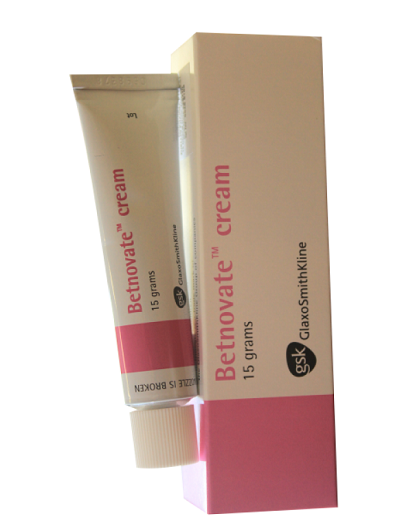Solution for mild psoriasis, Psoriasis is classified into 3 categories based on the extent of its effects.
It is the type of low impact, moderate and heavy impact. In order to prevent the development of plaque, the patient and the doctor need to find a treatment for psoriasis that is appropriate for the severity of the disease.
Contents
1. Rationale for choosing treatments for mild psoriasis
Mild to moderate psoriasis means red, scaly patches covering less than 10% of the body. But the low coverage of psoriatic plaques does not mean that it is acceptable. Because if these white patches appear in conspicuous places like arms or legs, then it would be very inconvenient to go out without wearing long sleeves and pants to hide them. In addition, psoriasis in small areas can develop into large plaques and large coverage if they are itchy or painful.
Each patient has different psoriasis characteristics. That is why doctors will have to consider several factors to decide whether to try the treatment for each patient. Commonly considered considerations are:
- What type of psoriasis the patient is suffering from.
- The coverage of the scaly patches on the patient's body.
- The effects that psoriasis affect the patient's life.
Depending on the health condition of the carrier. Your doctor may use a psoriasis identification tool called Koo-Menter to determine treatment. This tool is a questionnaire to find out how much psoriasis affects a patient's life. The doctor can use the patient's responses to determine if the patient is in need of a skin cream, light therapy or medication that works all over the body.
Usually doctors start with the lightest treatments for people with mild to moderate psoriasis . Usually the first treatment to try is a skin cream or ointment.
If a mild treatment doesn't work, your doctor will turn to stronger treatments until a one that's most suitable is found. In general, you should not self-apply topical medications to open areas and infected skin. Talk to your doctor if your patches of skin become more inflamed.
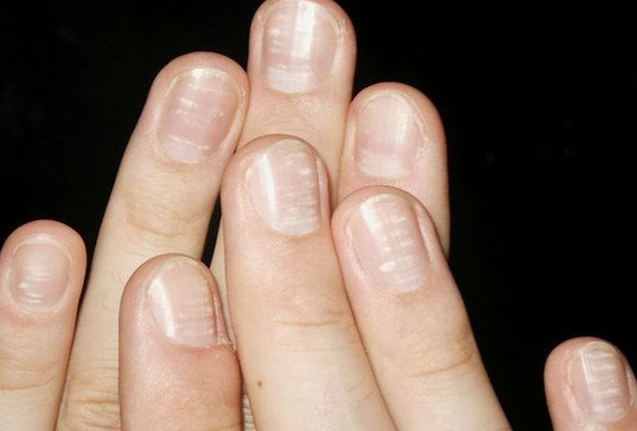
2. Corticosteroids
Corticosteroids , or steroids, are the most common topical treatment for psoriasis . Steroids help to inhibit the growth of skin cells and reduce inflammation.
Types of corticosteroids: There are many steroid creams, gels, lotions, and shampoos. They range from weak to strong. The stronger the steroid is, the more effective it is. However, stronger steroids also cause more side effects. Low-strength steroids are best for treating sensitive areas for a limited time, like the face, groin, and chest. More durable steroids are the best option for treating areas with thicker plaque.
Side effects of this method include thinner skin, change in skin color, acne, stretch marks, redness, clearer blood vessels, or an increased risk of infection. Although uncommon, topical steroids can be absorbed into the circulatory system and cause side effects such as cataracts , glaucoma, and Cushing's syndrome .
These uncommon side effects are more likely to occur if you use very high intensity topical steroids over a large area for a long time.

3. Vitamin D
It is a synthetic form of vitamin D for scrubbing on the skin. Vitamin D cream slows down skin cell growth. Vitamin D creams include: Calcipotriene (Daivonex, Sorilux, Taclonex), Calcitriol (Vertical).
Side effects include skin irritation, burning, itching, dry skin, peeling, or a rash. In rare cases, too much vitamin D can be absorbed into the body, which can lead to increased calcium levels.
4. Retinoids
Retinoids are a form of vitamin A artificial . It slows down skin cell growth and reduces inflammation. Topical retinoids are Tazarotene cream (Tazorac). Side effects include skin irritation, redness, and sensitivity to sunlight (you'll need sunscreen while using this medication).
Tell your doctor if you are pregnant or plan to become pregnant before use, because this medicine may harm an unborn baby.

5. Anthralin
Anthralin is an extract from the South American arroba plant. It slows down the growth of skin cells. Anthralin types include Dithoc scalp, Micanol Dithranol-RR. Side effects include skin irritation. It can also leave brown stains on clothes, hair, bed sheets and skin when used.
6. Salicylic acid
Salicylic acid is also commonly used to treat acne . Salicylic acid creams, gels, and shampoos soften the flakes and help to get rid of them. Salicylic acid is sometimes used with other psoriasis treatments, such as corticosteroids or coal tar. Side effects include skin irritation and hair loss.
7. Coal tar
Coal is one of the oldest treatments for psoriasis . The way it works is to use coal tar shampoo and cream to slow down the growth of skin cells. They also reduce scaling, itching and swelling.
The Goeckerman treatment combines coal tar with light therapy and is widely used in the treatment of psoriasis. Side effects of this method include skin irritation and sensitivity to sunlight. Coal can also cause an unpleasant odor and change the color of clothing, bedding, or hair.

8. Other over-the-counter treatments
A few other over-the-counter remedies that can help treat psoriasis include:
- Moisturizers containing aloe , jojoba, zinc pyrithione or capsaicin soften the skin and relieve itching.
- Bath solutions that contain oil, oatmeal or sea salt can help remove flakes.
- Products high in salicylic acid, lactic acid or urea also remove flakes.
- Anti-itch creams that contain calamine, hydrocortisone, camphor or peppermint essential oil can help relieve itching.
Source: eupharmas




